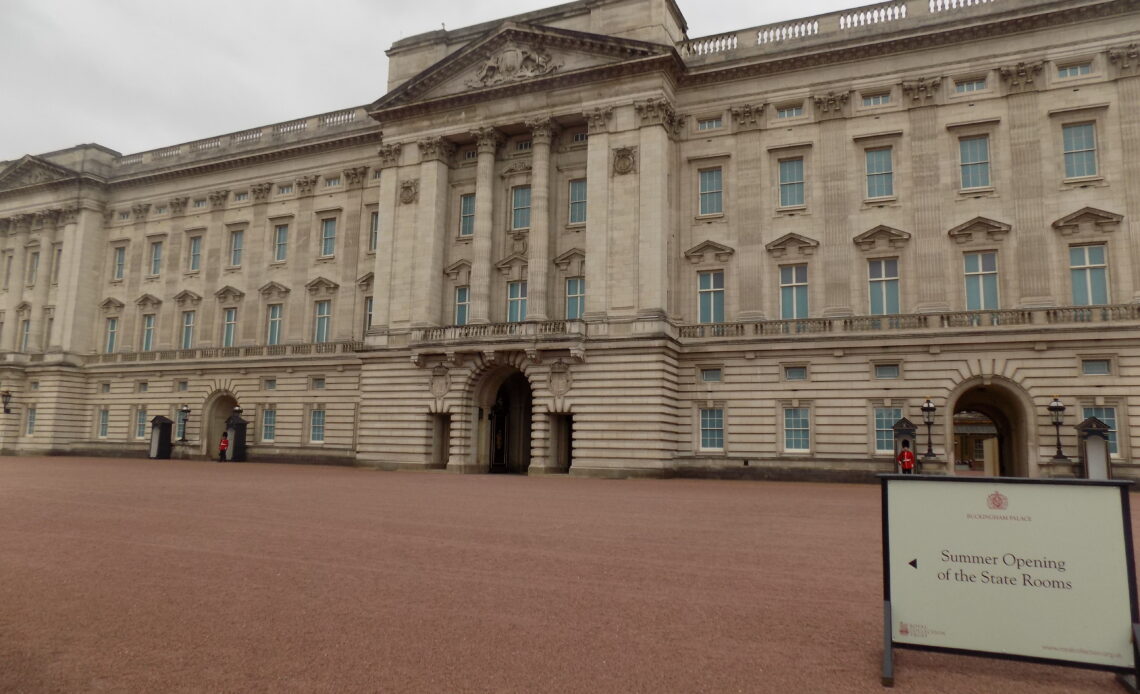
It is a scenario that lies more in the realm of royal drama than modern reality: a monarch dies suddenly, leaving behind a pregnant consort and a nation unsure of its next sovereign. Yet this constitutional conundrum is one that has been anticipated for centuries. British royal succession law, as arcane as it may sometimes appear, offers a clear and carefully constructed answer to what happens if a monarch dies before their child is born.
Under the Bill of Rights (1689) and the Act of Settlement (1701), succession to the throne follows a defined line of hereditary descent. Since the Succession to the Crown Act 2013, the principle of male preference primogeniture has been abolished, allowing the eldest child – regardless of gender – to inherit the throne.
However, the law also recognises a most unusual form of heir: the “heir en ventre sa mère”, or in modern terms, a child still in the womb. If a king were to die without any living children, but with a pregnant widow, the unborn child is acknowledged in law as a potential heir to the throne. The system, designed to preserve legitimacy and stability, ensures that such a possibility is handled with both sensitivity and constitutional rigour.
In such an event, the next adult in line to the throne – often a younger sibling of the deceased monarch – would be proclaimed king or queen immediately. But this accession would be provisional. It would remain contingent on the outcome of the pregnancy. Should the late monarch’s widow give birth to a living child, that child would become the rightful monarch at the moment of birth, instantly superseding the temporary sovereign.
In this case, the uncle (or aunt) who had assumed the throne would step aside, reverting to their previous title. They would, in all likelihood, become regent for the new infant monarch, exercising royal duties on their behalf until they reached the age of majority. The framework for such a regency is already well-established, most recently in the Regency Act 1937, which outlines how power is delegated when the sovereign is underage or incapacitated.
Should the pregnancy result in a miscarriage, stillbirth, or otherwise fail to produce a living heir, the provisional monarch would be confirmed in their role permanently, and the line of succession would continue as normal.
Although no reigning British monarch has died leaving behind a pregnant consort in modern times, history has flirted with the possibility. In 1837, when King William IV died, his niece Victoria was named Queen. Had his widow, Queen Adelaide, been pregnant – a concern at the time – Victoria’s accession might have been delayed or denied.
The succession of an unborn child is rare, but the British constitution allows for such complexities. Parliament would step in to manage the process and uphold the integrity of the monarchy, likely convening a regency council to oversee affairs until the situation is resolved. The child would not be crowned for many years, but would nonetheless become sovereign from the moment of birth.
This long-standing provision is more than a curious footnote in constitutional history. It is a quiet reassurance that even in moments of deep uncertainty — when the monarch has passed, and the next has yet to draw their first breath – the Crown, and the continuity it represents, is never left unguarded.
Royal succession Royal succession Royal succession Royal succession Royal succession Royal succession

